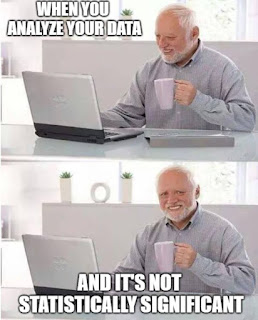Read, research, rinse, repeat ... and write?
Over the course of my (relatively short) scientific career thus far, I have had a decent amount of experience with the learning cycle: read, research, rinse, repeat. This cycle consists of reading research papers written on a specific field in which I am currently involved and using that information to inform some hypothesis or experimental procedure I am planning, executing on that protocol, collecting my data, and beginning that process again for another protocol or another topic. This process is not necessarily linear: after doing a procedure, I’ll often refer back to literature, or perhaps I’ll perform multiple experiments after reading just a few papers. However, in my experience, the learning has generally stopped with me. While I would discuss my findings with my lab and would perform some data analysis, I never really had to communicate them with the outside world. In module 1, I was able to truly understand the challenges and significance of scientific writing.
The biggest thing I learned? Making a data summary from scratch is really hard, and the secret ingredient is really the figures.
An undoubtedly critical component of the summary, good figures are hard to find and even harder to make yourself. I learned a lot going from my first schematic-type figure to a multi-panel figure that included images, error bars, and even some statistical analysis! I found it really interesting how easily I was able to critique figures in other papers, an ability which suggested I knew what elements made a good figure; and yet, how difficult it was for me to make one of my own that fit those same criteria. One of the most challenging parts of making a figure is ensuring that each image, statistic, and line of the caption work together to form a cohesive image.
Another thing I found interesting throughout this process was to think about how scientific writing compared to writing a literature paper or another classic essay type that I had much experience before in high school. Throughout this process, I found that scientific writing is a lot more structured with a greater likelihood that there is, in fact, a “correct” way to do things- a notion that would have been scorned by many a high school English teacher. Initially, I thought that getting to write within such a structured and predetermined framework would make my writing seem confined and bland, but because of the standards of the field, I found that it actually helped to organize some parts of my writing.
Overall, I think that Mod1 and the Data Summary in particular were really great ways to hone my lab techniques, expand and enhance my scientific writing capabilities, and reaffirm the importance of collaboration in the scientific community. Getting to work with a partner on the data summary was critical because we could bounce ideas off each other, catch small mistakes, and offer new perspectives on any content. I’m looking forward to building off this foundation even further in Mod2!

Comments
Post a Comment